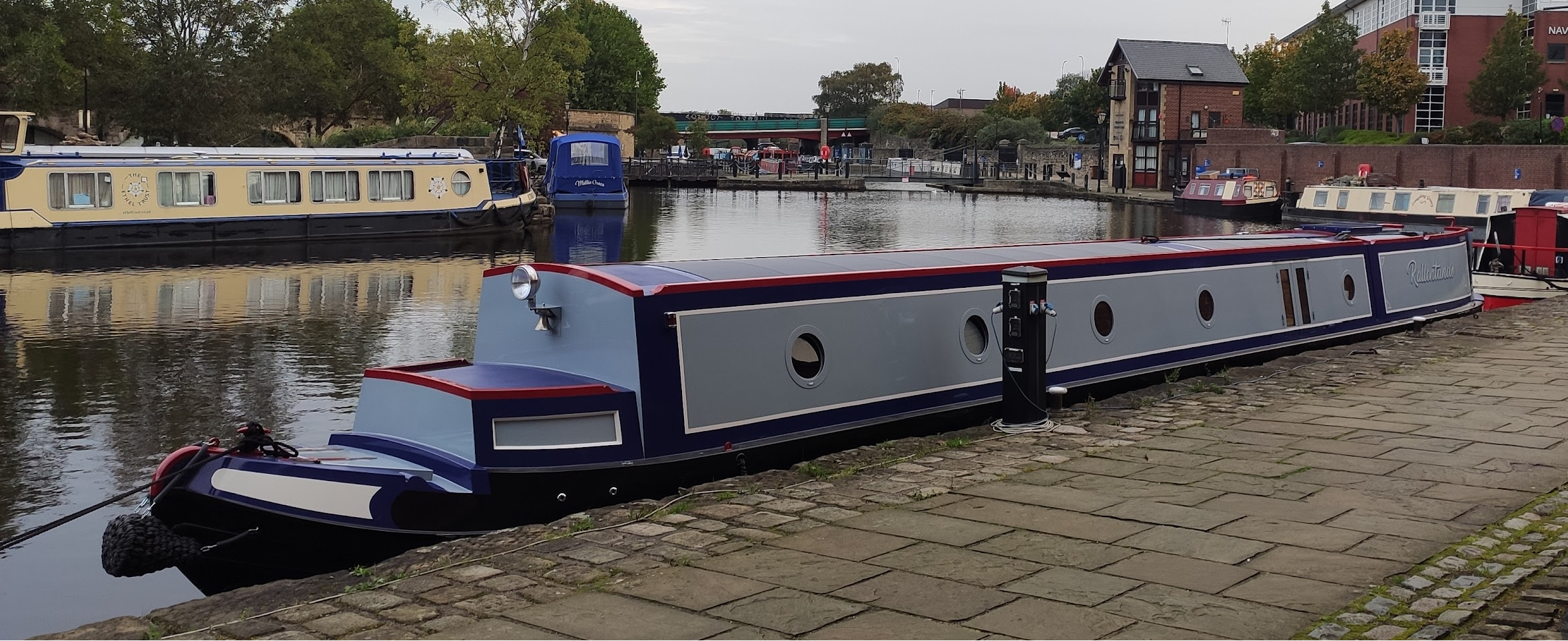And I've just admitted that I could well have been wrong saying that due to later laws, something which some people on here would *never* do... 😉
It *is* angels dancing on pin heads, or pedantry if you want to call it that -- CART can charge different license fees for different boats and boaters, and whether this is called a "CC surcharge" or a "home moorer discount" is only of interest to lawyers (and some CWDF posters), because the end effect on what boaters pay is exactly the same.
Do you agree?
It's also what Nigel Moore said and it's what Alan said, so maybe you should argue with them... 😉
The comment about parking was to try and show that dividing up the mooring rules/length of stay by location is just what parking does, there's no reason a similar solution shouldn't work on the canals, and it would lead to far better enforcement in honeypot areas than the current system. All CART would have to do is keep the exiting (and enshrined in law) 14-day CC rule in honeypot areas, but waive it elsewhere -- the law says that they can't refuse a license for a valid CCer, but AFAIK it doesn't say the 14-day rule has to apply everywhere (and need checking/enforcement), for example "out in the sticks".
If you disagree, please explain why this is wrong instead of stooping to personal insults.



